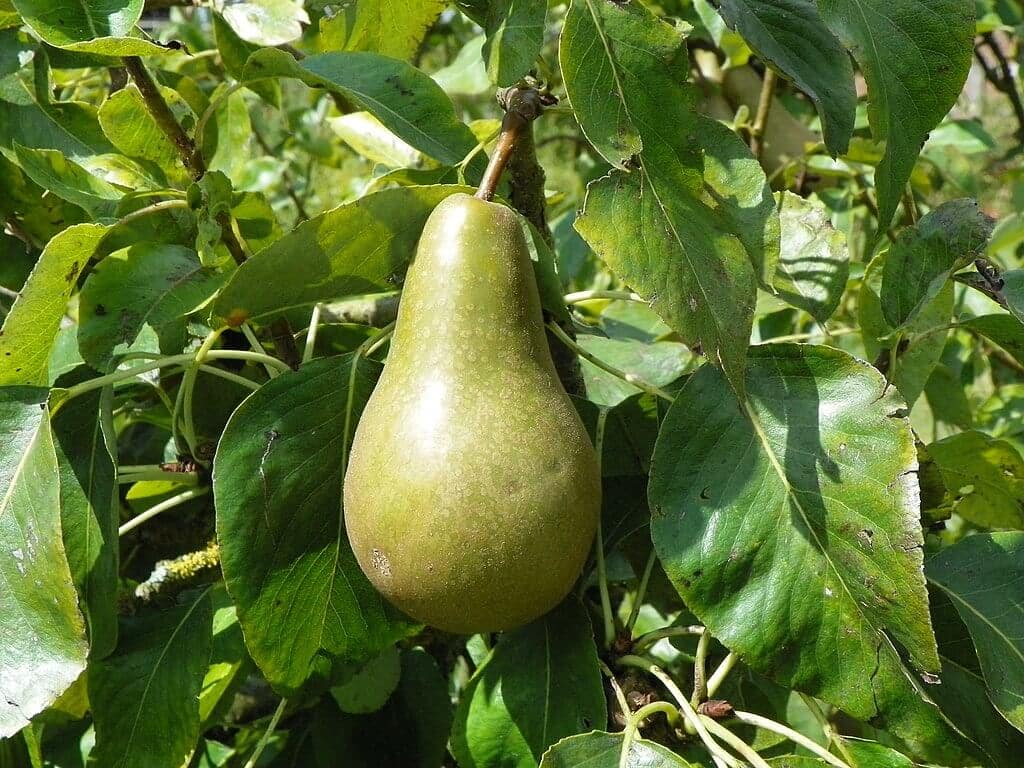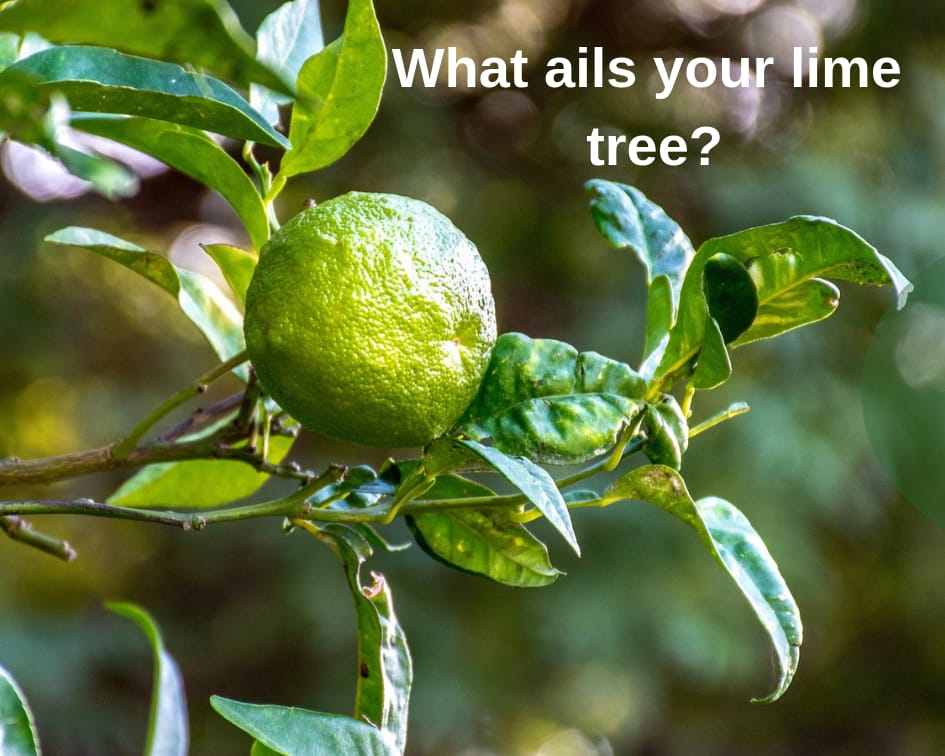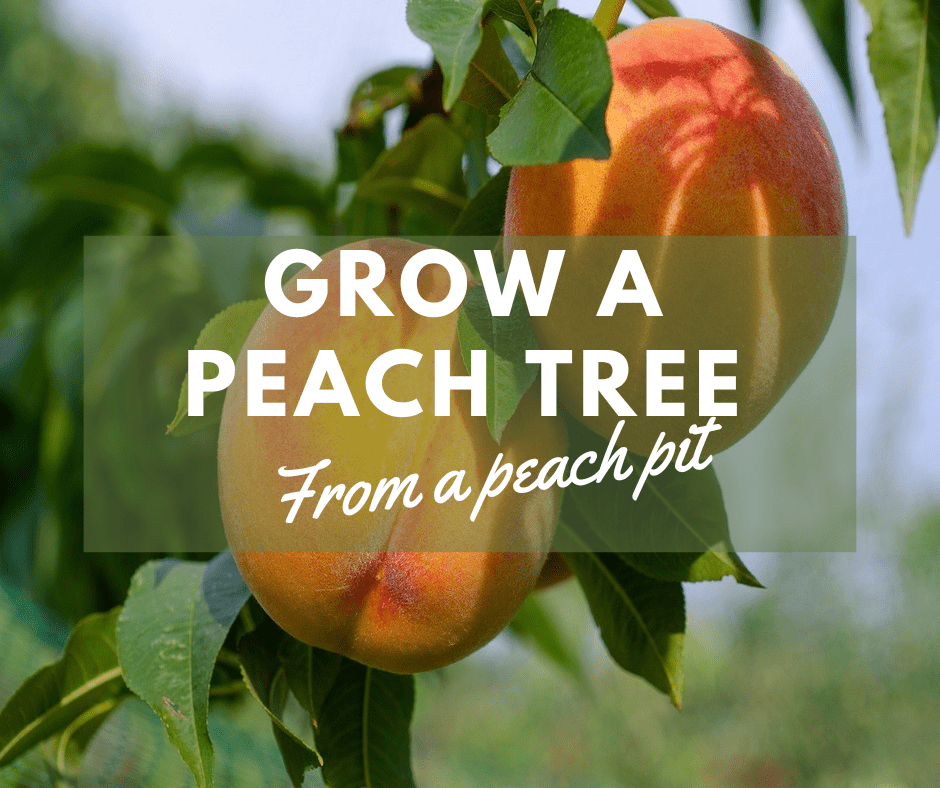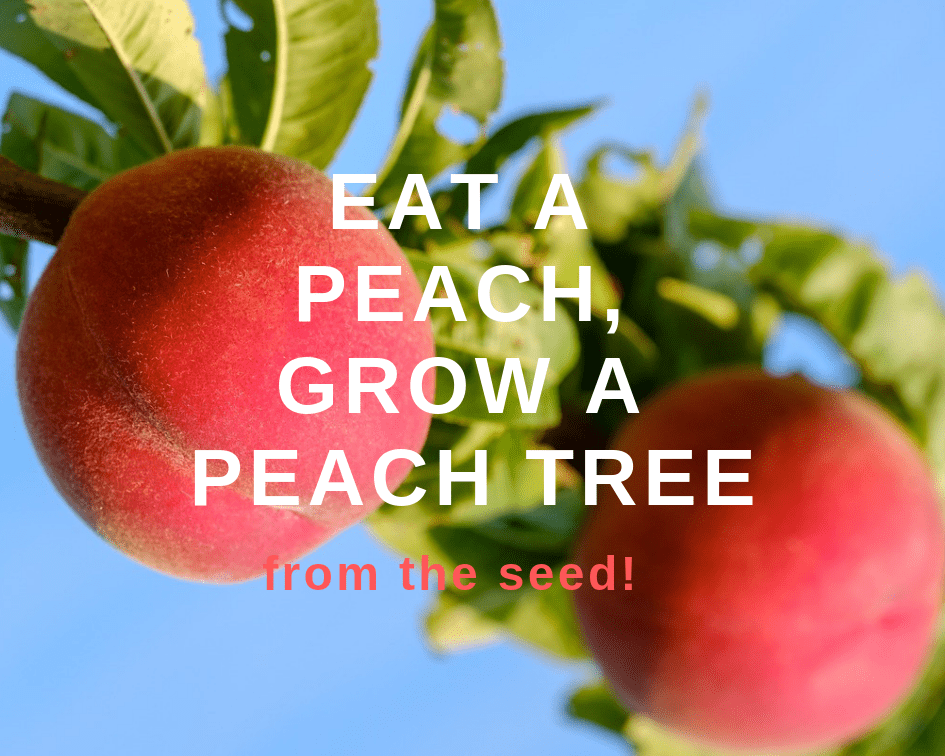This post may contain affiliate links. As an Amazon Associate we earn from qualifying purchases.
Regardless of which plant acquires it, rust is a nasty disease. Pear trellis rust, caused by a fungal pathogen (Gymnosporangium fuscum), is a crippling disease of pears but, thankfully, not that widespread.
The pathogen is in the same family as the one that causes the far more common cedar-apple rust, to which pears aren’t susceptible.
Pear trellis rust requires two hosts during its life cycle: a juniper and a pear tree.
How did my pear tree become infected?
While all pears are susceptible to pear trellis rust, not all juniper species are. Those that are not immune act as the pathogen’s host over the winter.
Bumps or swellings on the twigs are an indication that the pathogen has taken up residence on the juniper.
When the weather begins to warm up, and rain or humidity is present, spores begin forming. The wind picks up the spores and deposits them on the pear tree, which then becomes infected.

Symptoms of pear trellis rust
Pear trellis rust initially shows up as a yellow to orange spot on both sides of the tree’s foliage. These spots soon turn red and, by early summer, the spots grow larger and turn a brighter red and orange.
By the end of the summer, white growths form on the underside of the leaves and on the fruit, which may dry up and harden. If the disease isn’t controlled, the tree may lose all of its leaves.
Control
There is currently no chemical control labeled for use on the pear tree for this disease. Cultural control involves removing and burning the galls from nearby junipers.
The best and most permanent control of this disease is to remove one of the host trees, either the juniper or the pear.
Prevention of pear trellis rust
- Ensure that the juniper and the pear are planted at least 1,000 feet apart.
- In the middle of spring, check the juniper for branch galls and remove them.
- Remove infected leaves from the pear tree. Bag them up and dispose of them, don’t compost them.
- Do the same with any of the tree’s debris on the ground (twigs, fruit, leaves, etc.
- When shopping for a juniper, choose disease-resistant species, such as “Juniperus horizontalis, J. communis and J. squamata, …),” suggests the pros at Cloud Mountain Farm Center and Nursery in Washington.
- Use a copper fungicide spray when the pear tree goes dormant in fall and then again as it comes out of dormancy in spring.
Learn more about copper fungicide and how to apply it in our blog post What is Copper Fungicide? How and When to Use it
Featured image courtesy of Peter O’Connor aka anemoneprojectors from Stevenage, United Kingdom, CC BY-SA 2.0 , via Wikimedia Commons



